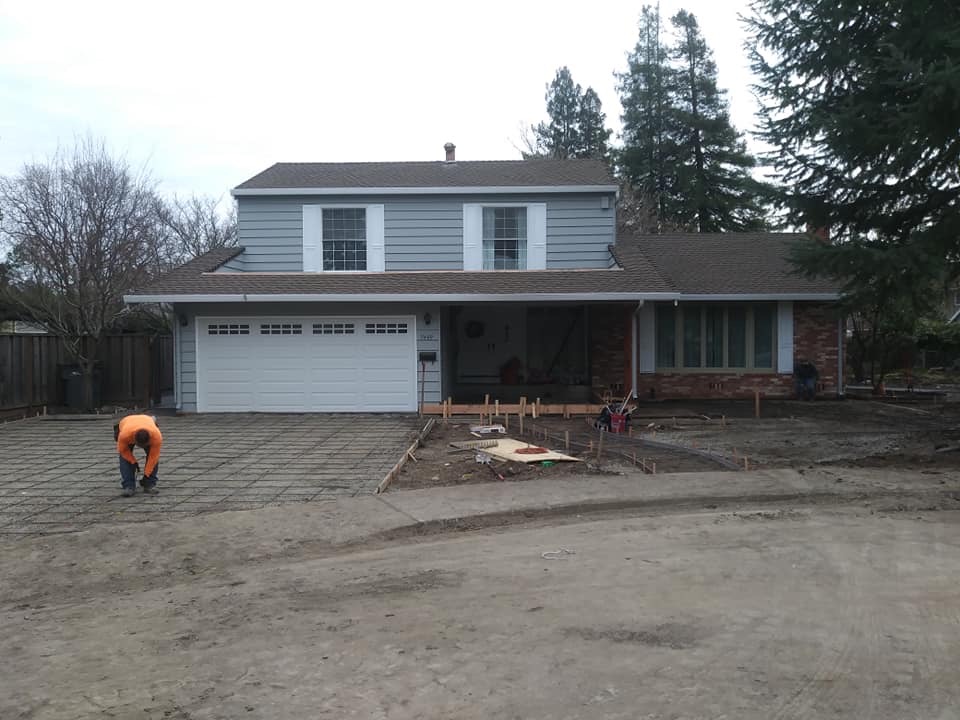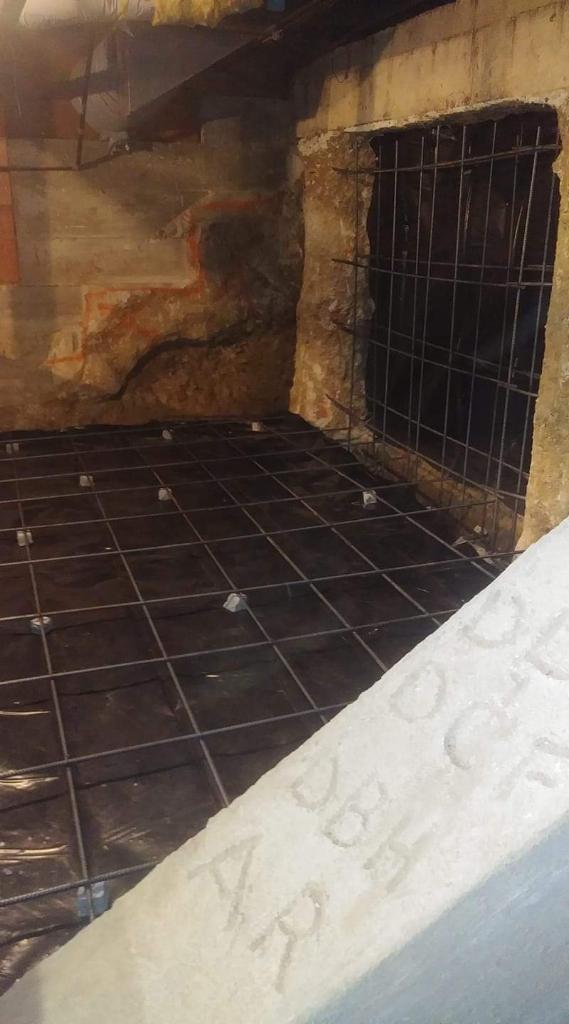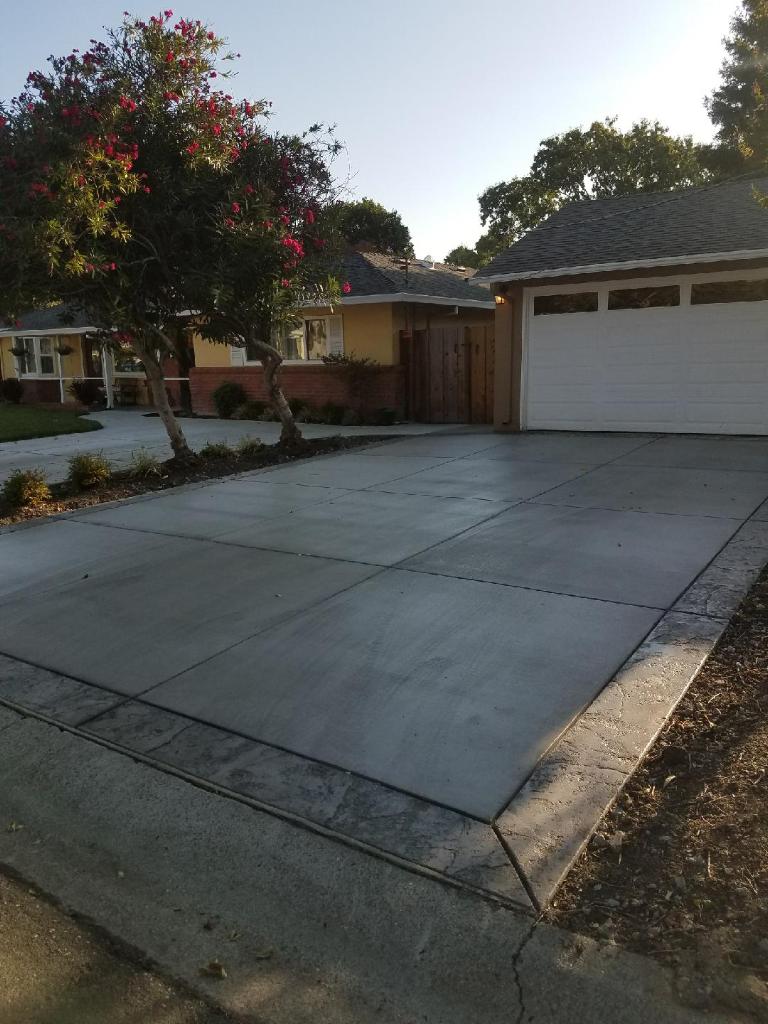How Is Stamped Concrete Done?
Concrete stamping is a great way to add texture, color and design to a room that might otherwise look a little bland. Choose a design and paint, then use rubber stamps to imprint on freshly poured concrete design. Using devices like a touch-up wheel or a diamond-bladed grinder to clean the lines of the pattern before the concrete is cured. While dealing with concrete, always wear safety equipment such as enclosed shoes, protective eyewear, face mask, and gloves.
Choosing Stamps and Colors
- Rent or buy concrete stamps based on your project needs.
If you work in construction and use stamps often, it would be a worthwhile investment to buy stamps. If you’re doing a one-time project, consider renting them. Keep in mind that many rental companies will give you 6-9 stamps and also provide the other tools you’ll need, like a touch-up wheel and rubber tamper.
Prices for buying versus renting will vary from area to area, so call a few companies and price-check your various options before making a decision.
- Decide on the pattern you’d like to use for your stamped concrete.
Choose a theme that complements the area’s natural environment and neighboring structures. If surrounding concrete is already patterned, choose the same pattern to retain a seamless look.
A few of the most common stamp designs are Ashlar cut slate, Edinburgh cobble, herringbone, random stone, and Santa Barbara tile.
- Decide if you’ll use an integral color or a shake-on color.
An integral color gets mixed directly into the concrete before it is poured. A shake-on color, which is also often called the “broadcast method,” is applied to the top of already-poured concrete. There are a few pros and cons to each type of color:
Integral color is much more subtle and won’t produce a vibrant shade in the end. It does all the concrete colors though, so any concrete chips will still match the color you’ve chosen.
Shake-on color can produce more vibrant colors than integral color can. However, it only colors the top of the concrete slab, so if there are chips, it will show through the original concrete color.
- Choose a color scheme.
Choose more natural color tones to accentuate what’s already there, or go for more vibrant colors to give the concrete itself a focal point. For examples of finished work that used the same color, ask your contractor or the company you’re purchasing the paint from to see how your selected color would look once it’s applied.
For example, in an entrance or interior living space, green stamped concrete might look amazing. Tan or burnt orange can be a nice addition to an outdoor patio or walkway.
- Get a release agent to keep the stamp from sticking to the concrete.
To provide depth and shadowing in the finished concrete, pick a release agent that is darker than the coloring agent. When the concrete is rinsed at the end, most of the release agent will be washed away, but some of it will cling to the surface and affect the final color.
The release agent is added to the actual stamp itself, whereas on the concrete is applied the integral or shake-on light.



Need a Stamped Concrete Driveway, Patio or Deck?
Successful concrete projects require careful planning and thorough preparation. Spaulding Concrete reviews the site and designs to ensure that the concrete and base structure follows the criteria for the planned use and that the layout and finishes are suitable for the project. The qualified concrete experts at Spaulding Concrete will be on schedule, on budget and meet or exceed standards by careful planning, professional execution, and strict quality control. To schedule your free quote, call or email us today! We are proud to serve Orinda, Lafayette, Moraga, Pleasant Hill, Concord, Martinez, Pittsburg, Antioch, Brentwood and the surrounding areas.
